
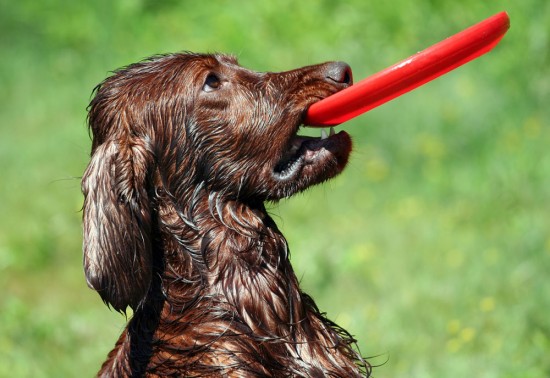
Back in the day, the idea of buying a variety of expensive toys to keep your dog occupied was practically unheard of. You might pick up a stick in the park to play catch with, and the most pampered of pooches might have had their very own ball or a designated discarded slipper to chew, but that was about it!
However, as time has gone on and the pet keeping industry has become big business, a massive range of different types of dog chews and toys have flooded the market, and it can often be heard mentioned that you should not longer throw sticks for your dog, let them play with tennis balls, or encourage them to play with various other toys and household accoutrements that used to be considered fair game.
The question on any dog owner’s mind as a result is almost certainly, is there any factual basis in this advice, or is it simply a marketing gimmick on the part of pet toy manufacturers in a bid to increase sales? Are special dog toys any better than traditional free and cheap alternatives and what really is and is not safe for play? Read on to find out more, and bust a few myths along the way!
The ubiquitous stick. Free, easily found, convenient and can be left behind at the park when play is over. Is it a good idea to play catch with a stick?
Modern wisdom says no, and indeed, there is a lot of good sense in this development. Depending on what kind of tree the stick came from, it may potentially be poisonous to your dog, have thorns or sharp spines, and be infested with mites or bugs. The main issue when playing with a stick comes from its potential to cause injury to your dog. Unless specially treated, splinters may be present in the wood that could cause injury to your dog’s mouth, and chewing a stick can loosen shards that may go on to cause internal or external minor injuries. However, the biggest risk from throwing a stick for your dog comes from its potential to cause a much more severe injury from simple play, by puncturing the roof of the mouth or even piercing the skin if your dog falls on the sharp end of the stick or catches it awkwardly.
Conclusion: Sticks should be avoided.
Tennis balls are cheap, easy to buy, and a popular pick with pet owners whose dogs have a tendency to lose their toys or abandon them when out on walks. However, a quick Google can easily lead the dog owner to worry about the dangers of accidental ingestion, dangerous chemicals in the fabric, and pressurised toxic gas centres- all very alarming. So, should your dog still play with a tennis ball?
Overall, tennis balls are safe for play. While twenty years ago, potentially poisonous lead dyes were used in the colouration of tennis balls, today, only safe, non toxic dyes are used. Similarly, the gas used to pressurise modern tennis balls is nitrogen based, which is harmless to you and your pet.
The one potential danger that is still relevant when playing with tennis balls with your dog is the risk of accidental ingestion from chewing the ball, something which a lot of dogs like to do! If your dog is a chewer, either keep an eye on them to be sure they don’t chew up their tennis ball and remove any damaged or fraying balls, or pick an alternative toy.
Conclusion: Tennis balls are safe, as long as you can minimise chewing.
Ever since dogs became domesticated and took up their roles as companion animals within the home, slippers, shoes, children’s soft toys and other household contents have seemed to develop an overwhelming appeal for dogs and puppies, and most dog owners will have had to remove a favourite slipper or teddy bear from the jaws of their dog at some point or other!
Giving your dog his own discarded slipper or a favourite kid’s toy is one way of resolving the problem, but are the fabrics and materials toxic for your dog, and what happens if parts of the item is ingested?
All modern children’s toys in the UK should be kite marked and safe for age appropriate play, and contain no toxic substances or easily ingested small parts. However, this does not fully take into account the effects of vigorous chewing by a dog or puppy, and ingestion of buttons, stuffing fabric and other materials is a potential risk for your dog.
Conclusion: Slippers and children’s soft toys are not toxic, but may cause problems if chewed and ingested.
Light plastic balls with bells in the centre, and toys which squeak when chewed are often favourites with dogs, although if the noise they generate is significant, possibly not with their owners!
Good quality dog toys with loose bells or ‘squeaks’ inside of them should be sturdy, well constructed and safe for play, although cheaper alternatives may not be. A dislodged bell or squeaking mechanism can easily be ingested and cause potential problems for your dog. Check your dog’s toys closely for signs of wear and damage, and remove the toy when they become worn.
Conclusion: Good quality pet safe toys are fine for your dog. Poor quality alternatives may not be. Replace any worn toys before your dog has the chance to chew pieces from it!
Frisbees, throwing hoops and rings can all provide great entertainment for both dog and owner, and many dogs enjoy an energetic game of catch with toys of this type.
But are the chemicals and dyes used in Frisbees safe for your pet?
Toys offered for sale in the UK and produced within the last fifteen to twenty years should contain only non toxic dyes, chemicals and compounds, and so should not be hazardous to your dog. Because Frisbees and similar toys are generally made of hard plastic, they are usually very difficult to chew up, and make a sturdy toy. However, due to this fact, be careful when throwing a hoop or Frisbee for your dog that you don’t hit them and cause them an injury.
Conclusion: Frisbees are safe.
If this article has given you some food for thought and led you to consider buying some alternative toys for your dog, there are plenty of options on the market.
Most dogs that love playing catch with a stick will take to a sturdy but light rubber ball quite happily, and a wide range of chewing toys such as hide strips, hard rubber ‘Kong’ toys and hard nylabone chews make a suitable and often much more hardy replacement.
Just as when buying toys for children, when buying dog toys, you get what you pay for. Dog toys bought for a pound or two from a market stall or pound shop are unlikely to last very long or stand up well to the rigours of energetic play or vigorous chewing. Paying a little more for good quality safe dog toys is an investment that pays off in the long term, both in terms of the overall expenditure on the toys and entertainment value for your dog, and in terms of ensuring their ongoing health and safety.
Happy shopping!
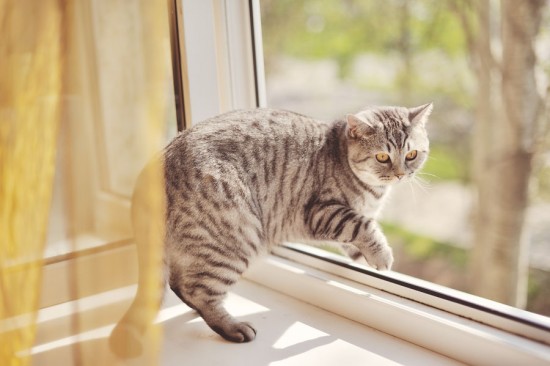 Cats - In Or Out?
Cats - In Or Out?
Cats - In Or Out?
Cats - In Or Out?
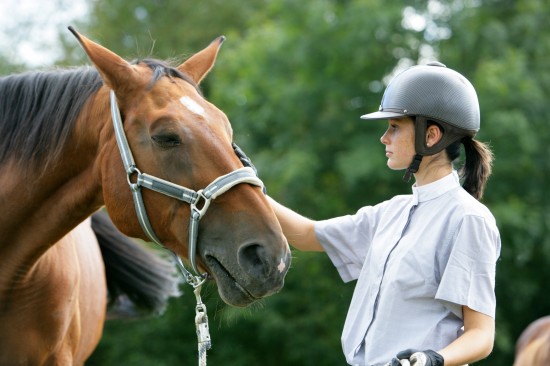 How Horses Get Their Own Back By Teaching Owners A Lesson
How Horses Get Th
How Horses Get Their Own Back By Teaching Owners A Lesson
How Horses Get Th
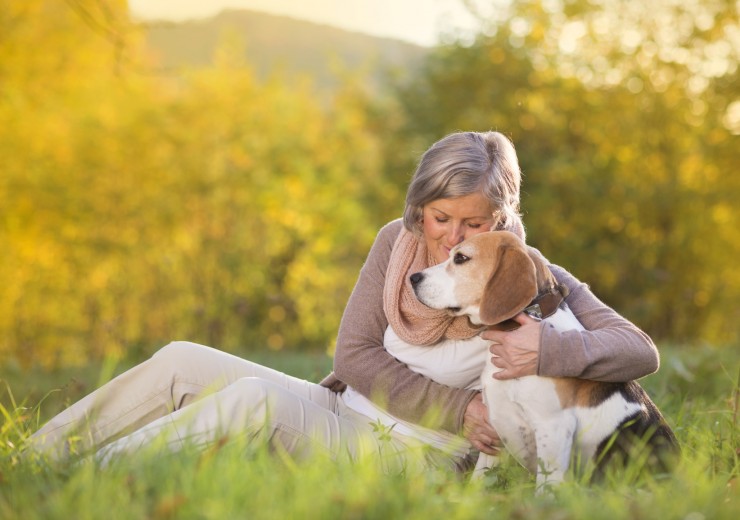 5 Great Dog Breeds To Share Your Retirement Years With
5 Great Dog Breed
5 Great Dog Breeds To Share Your Retirement Years With
5 Great Dog Breed
 Try Out Natural Ulcer Supplements For The Treatment Of Ulcers in Horses
Try Out Natural Ulcer Supplements For The Treatment Of Ulc
Try Out Natural Ulcer Supplements For The Treatment Of Ulcers in Horses
Try Out Natural Ulcer Supplements For The Treatment Of Ulc
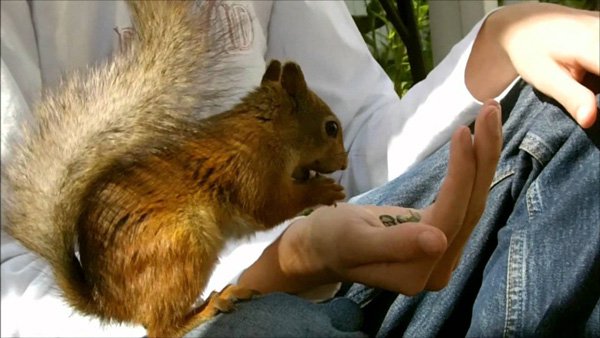 Saltwater Angelfish
Saltwater Angelfish
Saltwater Angelfish are on
Saltwater Angelfish
Saltwater Angelfish
Saltwater Angelfish are on
Copyright © 2005-2016 Pet Information All Rights Reserved
Contact us: www162date@outlook.com